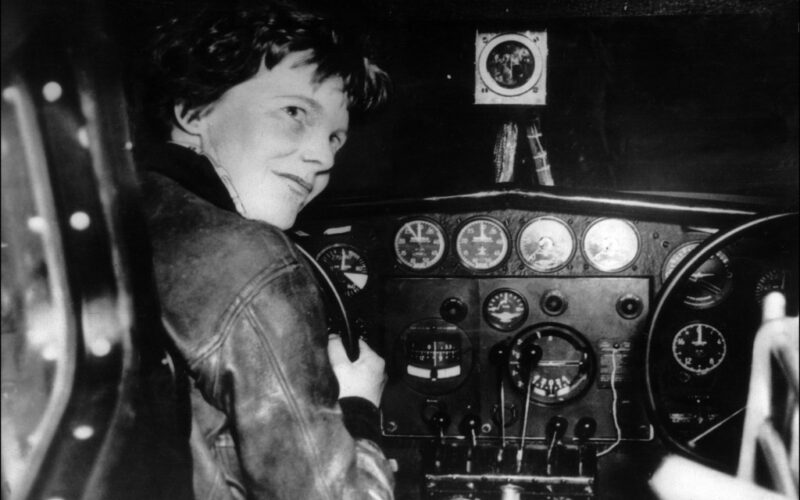Purdue University researchers are heading to the South Pacific to examine a “visual anomaly” that could be the missing plane of aviator and former university advisor Amelia Earhart.
The Indiana-based school said Wednesday it would soon join the Archaeological Legacy Institute to visit “a visual anomaly in a lagoon of Nikumaroro Island” they believe could be Earhart’s missing Lockheed Electra 10E. She and navigator Fred Noonan were attempting to circle the globe when their aircraft disappeared in July 1937.
Members of the expedition to locate Earhart’s plane will fly out of the Amelia Earhart Terminal at Purdue University Airport on Oct. 30 when their efforts to retrieve her plane get underway.
The school has a special connection to Earhart. She spent two years as a women’s career counselor and advisor in the university’s aeronautics department after arriving in West Lafayette in 1935 already an established pilot.
Purdue plans to send three representatives to meet with other team members on the Marshall Islands, after which the group will then set sail to Nikumaroro. They plan to spend several days scouring the small island for evidence that may have been Earhart’s last stop.
They will specifically be searching for a “Taraia Object” that appeared on satellite imagery in 2020. That image is also visible in aerial photos of the island’s Taraia Peninsula taken in 1938, the university said in a press release.
South Carolina Robotic company Deep Sea Vision said in January 2024 that a sonar image it recorded “in a swath of the Pacific untouched by known wrecks” may have been Earhart’s Lockheed Electra 10E. However, the exploratory company confessed in November that what they saw was simply a natural rock formation.
President Trump ordered his administration to declassify and release all government records pertaining to Earhart last week.








